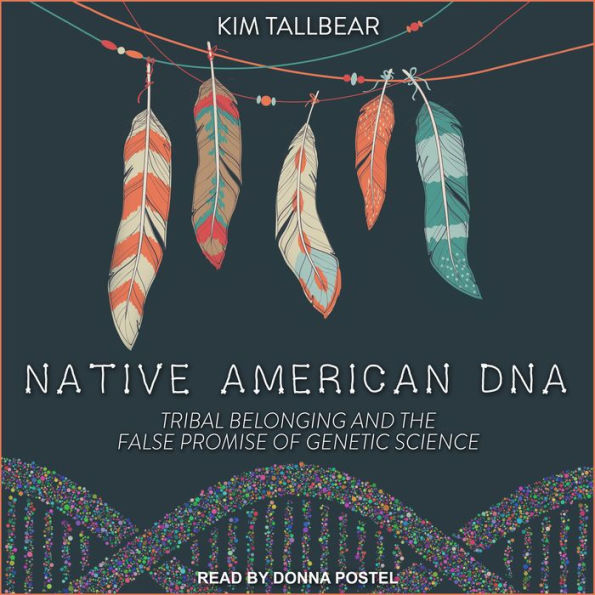"Native American DNA is a book of far wider scope than its title, establishing the author as a leading authority on the topic. The politics of tribal DNA is but the starting point of a complex analysis that encompasses the whole framework in which DNA is appropriated in the study of human populations. Molecular geneticists, science studies researchers, legal scholars—and of course Native Americans—will find their horizons considerably broadened and newly engaged."—Troy Duster, New York University
"Native American DNA is a gracefully written, powerfully argued, and urgently needed examination of indigenous identity and politics after the genomic turn. This is pathbreaking work."—Alondra Nelson, Columbia University
"Native American DNA is a book of far wider scope than its title, establishing the author as a leading authority on the topic. The politics of tribal DNA is but the starting point of a complex analysis that encompasses the whole framework in which DNA is appropriated in the study of human populations. Molecular geneticists, science studies researchers, legal scholars—and of course Native Americans—will find their horizons considerably broadened and newly engaged."—Troy Duster, New York University
"Native American DNA is a gracefully written, powerfully argued, and urgently needed examination of indigenous identity and politics after the genomic turn. This is pathbreaking work."—Alondra Nelson, Columbia University
"Provocative and incisive. . . Native American DNA is undoubtedly a key text."—Medical Anthropology Quarterly
"TallBear’s description of the science of DNA testing is remarkably clear, and her skepticism about its claims is well founded."—Journal of American History
"Essential reading for researchers in all fields of Indigenous studies."—American Indian Quarterly
"Provocative and incisive. . . Native American DNA is undoubtedly a key text."—Medical Anthropology Quarterly
"TallBear’s description of the science of DNA testing is remarkably clear, and her skepticism about its claims is well founded."—Journal of American History
"Essential reading for researchers in all fields of Indigenous studies."—American Indian Quarterly



